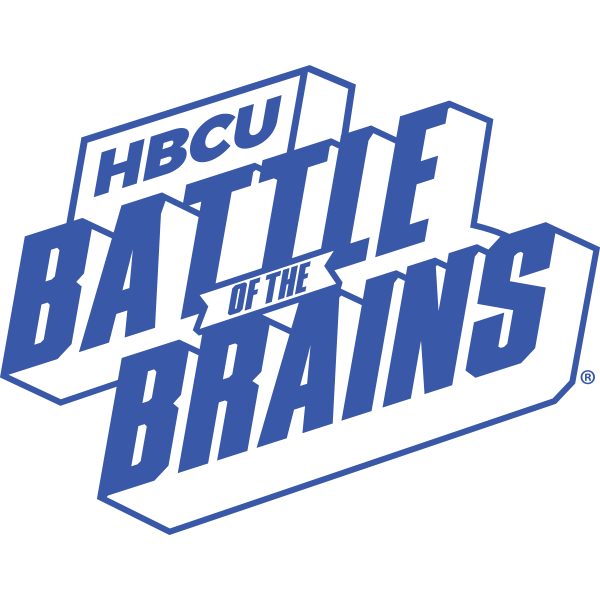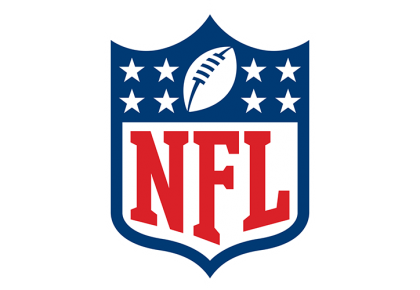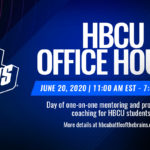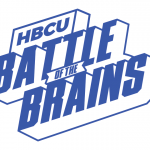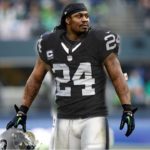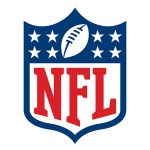By Adebobola Vincent Owoseni
Miami, South Padre, and Los Angeles were popular spring break destinations this year for Paul Quinn students. Where was I this past spring break? Austin. This was the location of the inaugural HBCU Battle of the Brains Competition, a tournament sponsored by the Austin chapter of the National Black MBA Association (NBMBAA). The competition featured eight Historically Black Colleges and Universities that contended to solve a business case competition for the grand prize of $10,000. Additionally, each team was given 24 hours from the time the prompt was assigned to create a solution and prepare a presentation. Paul Quinn College was among the eight institutions selected and I was chosen by our college president to lead our team. Competitive, collaborative, and intense are the best words to describe my experience at Battle of the Brains. I can honestly say it was the most fun I’ve ever had on a case study.
Q: Describe your initial experiences before the action started.
My team included four students (one who couldn’t make it so she helped through video chat) and our two advisors. Being in Dallas, we weren’t too far away from Austin, so we piled up into two cars and hit the road. We dropped our bags at our Airbnb and headed to the NBMBAA Center, where we met the Austin chapters’ leadership – who would be guiding us through the case study – and the teams from other HBCUs. Many of the other teams flew in from across the country for the competition, so I was looking forward to meeting them (to make friends and scope out the competition of course). Our case study leaders then gave us snacks, swag bags, and a tour of the center. Each team had a designated room that they would use to work on the prompt. And then, the action began.
Q: What was the prompt?
The prompt was to imagine that our group was the marketing team for a U.S. president elected in 2020, whose three goals are to decrease the national unemployment rate, elevate the U.S. education system, and create an accessible healthcare system. Our objective was to create a go-to market strategy for promoting these initiatives using a strong technology component.

Q: How did your team go about solving this issue?
Realizing the limited time frame, our team gathered and created a rough schedule for the completion of every step of the project. The first item on our agenda was brainstorming. We researched the status quo on the three topics, analyzed strategies for improvement, and explored business and marketing trends that could be useful in promoting a solution. After brainstorming, we delegated the tasks of the project based on everyone’s strengths. My major task was to create the marketing budget. We then created a common marketing goal: to create empowering spaces where Americans have access to the experience of a future where the president’s three goals were a reality.
Virtual reality became the technological anchor we would use to market the initiatives, as it is slated to experience massive growth within the next three years. Building from Paul Quinn’s Work College program and Finland’s communal education system, we created Envision Collectives. Named after the campaign slogan we created, Envision 2020, Envision Collectives were urban communities centered around learning that featured virtual reality headsets. Through the headsets, a U.S. resident would be able to view a world where the initiatives were a reality, and learn the action steps they could take to help bring it to fruition. We realized that a significant portion of Americans don’t live in urban areas, so we created an effective way to deliver our solution to them. 4 am was my breakthrough hour; this was the time that my research led me to the Google Cardboard, a virtual reality headset that costs $12. We sought to ship it to this audience using drones via. Amazon Prime Air. For the presentation, we purchased the Google Cardboard and created a mock virtual reality app to be viewed by the judges through the device. The teams gathered together the next morning at Google’s Austin headquarters to present their solutions to the judges. Although it was a tough race and we got three hours of sleep, our marketing strategy was selected as number one by the judges, and we won the $10,000 prize.
Q: What are your takeaways from this experience?
The most important takeaway I had from this experience was believing in the strength of my team. Every student and advisor on my team had expertise in certain areas that we leveraged to produce a winning concept. Their moral support also went a long way and I can’t imagine taking home the gold if it if wasn’t for my amazing team.
I learned about the value of having the patience and persistence to figure things out and to refine ideas until they were effective solutions. The case asked us to use technologies like Jira and Confluence; platforms we weren’t familiar with and had to figure out. It also inherently asked us to stay up late and incur a bit of exhaustion to get the job done. Getting through these and other obstacles in the 24-hour timeframe better equipped us to become business leaders, as we will inevitably face similar situations in our careers.
Finally, this case study taught me that thinking innovatively and betting on those unconventional ideas can pay off. Using virtual reality at first seemed like a wild idea, as it is a market that isn’t widely established yet. However, knowing that the case takes place in 2020, we were willing to take a bet on VR and show the judges our confidence in it by bringing in a VR headset and using it as part of our solution. This ultimately distinguished our marketing plan and helped us win the competition. “Stay hungry, stay foolish.”

